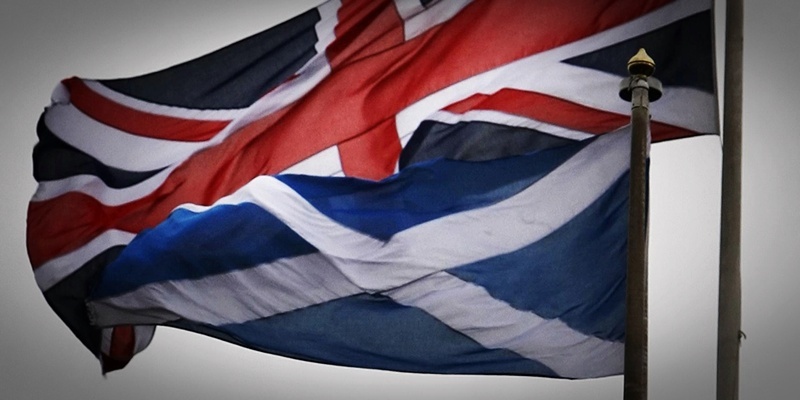Figures released this week showed Scotland racked up almost £11 billion in debt last year even with lucrative oil receipts near a record high.
Figures for 2010/11 show the country was £10.7 billion in the red even if a geographical share of North Sea oil revenues is factored in.
But the country’s deficit was equal to only 7.4% of GDP compared to 9.2% in the UK as a whole.
The figures show public spending was £63.8 billion or 9.3% of the UK total. Revenue, including oil, was £53.1 billion or 9.6% of the UK total.
The Scottish public sector deficit was £6.4 billion, which is equal to 4.4% of GDP, compared with 6.6% across the UK.
In cash terms, the relative difference between the Scottish and wider UK fiscal positions was almost £2.7 billion in 2010-11. The cumulative total from 2006-8 was £8.5 billion.
The figures were also published without North Sea revenue, which would take the fiscal balance deficit from £10.7 billion to £18.6 billion.
Finance Secretary John Swinney insisted Scotland is in a ”better financial position” and seized on the figures as an argument for Scots independence.
”With responsibility for our own finances and our own vast natural resources, we will be able to make choices in our own best interests,” he said.
”With independence, we would control the fiscal levers we need to suit our own economic circumstances, and maximise Scotland’s potential to secure new investment and jobs.”
But Unionist parties insisted the Government Expenditure and Revenue figures, known as GERs, highlighted the financial security of being part of the United Kingdom.
They said the SNP Government’s analysis contained ”omissions” and that an independent Scotland would be overly reliant on the volatile oil industry.
Scottish Labour finance spokesman Ken Macintosh said: ”Our economies are interdependent and intertwined, and this report shows the benefit of sharing reward and risks across the UK.”
Tory finance spokesman Gavin Brown said: ”These figures reveal that even with a geographical share of North Sea oil revenue, Scotland would be facing a huge deficit.”
Scottish Secretary Michael Moore said: ”There is little point in the Scottish Government saying Scotland’s finances are stronger than the UK’s that relies on a number of omissions and fails to take account of the interwoven nature of the UK’s spending.”
Photo by Danny Lawson/PA Wire
